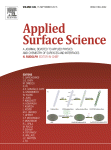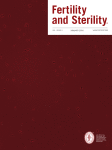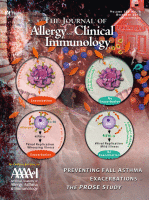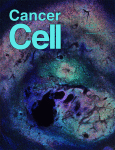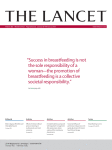 Following questions from outside experts, a retraction of a related paper, a university investigation and a court case, The Lancet has decided to retract a 1992 paper by Ranjit Kumar Chandra, the self-proclaimed “father of nutritional immunology.”
Following questions from outside experts, a retraction of a related paper, a university investigation and a court case, The Lancet has decided to retract a 1992 paper by Ranjit Kumar Chandra, the self-proclaimed “father of nutritional immunology.”
In a lengthy retraction note included in the January 30 issue, the journal explains that:
the balance of probabilities in our judgment is that the reliability of the 1992 Lancet paper by Chandra can no longer be assured.
Chandra is objecting to the retraction.
This retraction was a long time coming, so sit back and relax as we fill in the backstory. Continue reading Lancet retracts 24-year-old paper by “father of nutritional immunology” after reopening inquiry

